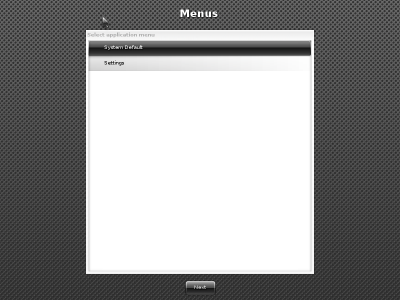You read that right. Not alpha, not beta, not release candidate, but a stable 1.0 release of the Enlightenment Foundation Libraries. Ten years in the making, the EFLs released their first stable revision this weekend. This is the first step towards a "stable" release of the Enlightenment DR17 desktop.

I would also just like to clarify one thing. The Enlightenment Foundation Libraries and the Enlightenment desktop are two different things. The easiest way to think about this is that the EFLs are to the Enlightenment desktop, as GTK is the Gnome and QT is to KDE. They are the binaries that the graphical user interface is (typically) written in. They are the toolkit for writing applications, they are not the desktop environment itself.
As I've mentioned before, Enlightenment development is very rapid of the late and this stable release is not slowing anything down. Looking towards the future, work has already begun on what will become the 1.1 release of the EFLs (starting with the pile of patches that had built up during the code freeze before the 1.0 stable). If you are a coder looking to get involved with a project (or someone wanting to keep up with Enlightenment news) the E mailing lists are the best way to do so.
~Jeff Hoogland




























